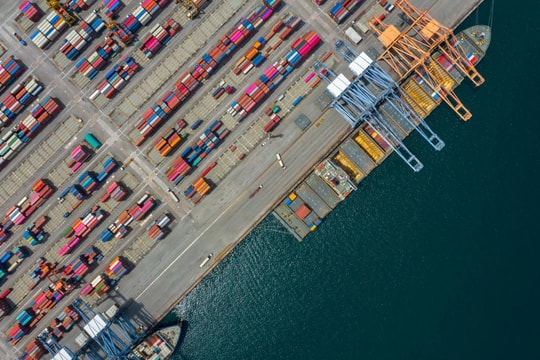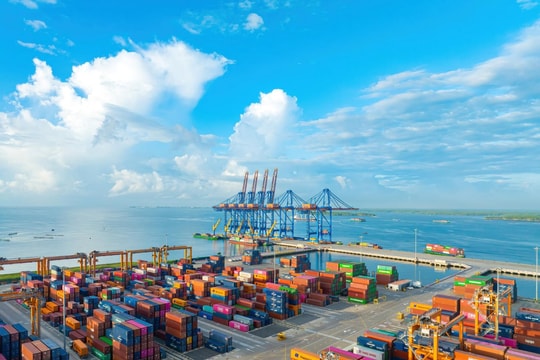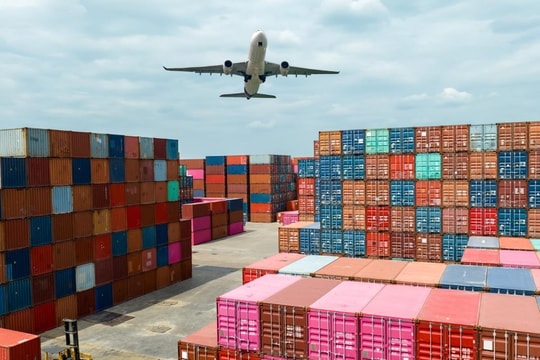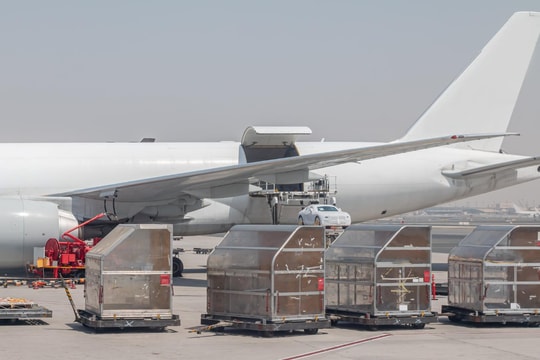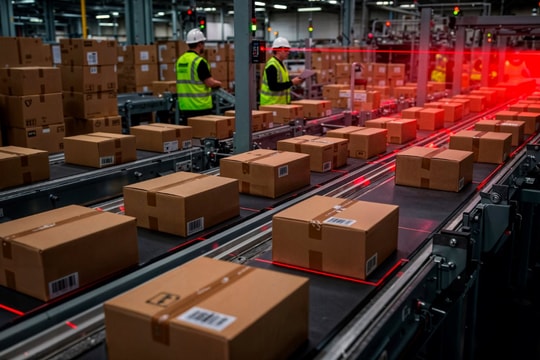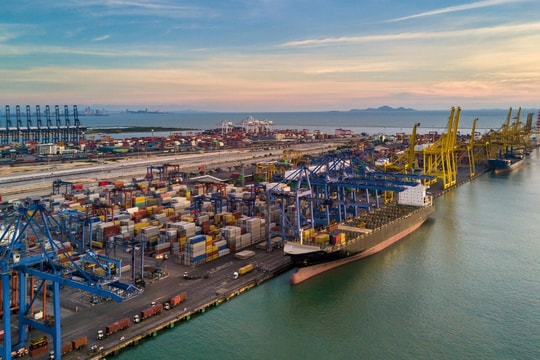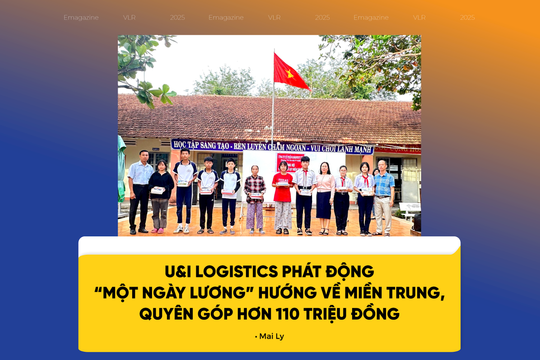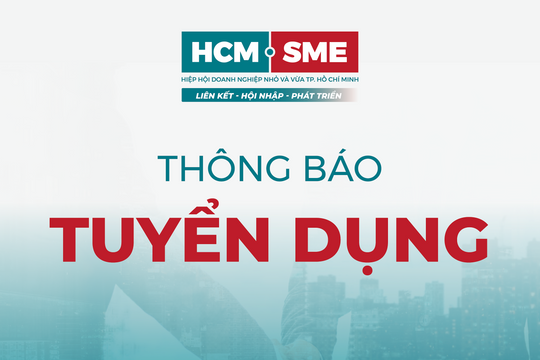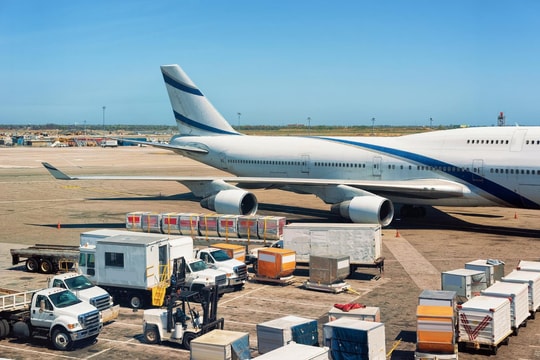.jpg)
To maintain stability and competitiveness in the market, it is essential to implement effective strategies to mitigate the impact of tariffs on supply chains. Below are three critical strategies that can help businesses adapt to changes in tariff policies and optimize their production and business operations.
Diversifying Markets and Supply Chains
Over-reliance on a single market or a sole supply source can leave businesses vulnerable to tariff fluctuations. When a country imposes high tariffs on imports from a specific region, businesses may face sudden cost surges, reducing their competitive advantage in the market. To minimize these risks, companies should proactively seek and expand their export markets to different regions.
Expanding Export Markets: Businesses can target potential markets such as the European Union (EU), Japan, and ASEAN, where various free trade agreements (FTAs) help lower tariff rates. Notably, agreements such as EVFTA (EU-Vietnam Free Trade Agreement) and RCEP (Regional Comprehensive Economic Partnership) provide companies with opportunities to access international markets at preferential tariff rates.
Diversifying Supply Sources: In addition to expanding their consumer markets, businesses should also diversify their sources of raw materials and production. Instead of depending on a single country, companies can source supplies from multiple nations to mitigate tariff risks. For example, electronics manufacturers can expand their supply chains from China to Southeast Asian countries such as Vietnam, Malaysia, or India to avoid the effects of U.S. tariff sanctions.
Enhancing Domestic Production: Additionally, businesses can consider investing in local production to increase self-sufficiency, reduce reliance on imported goods, and avoid high import duties. This not only lowers costs but also improves quality control and regulatory compliance.
Optimizing Supply Chains and Leveraging Technology
.jpg)
Effective supply chain management plays a crucial role in mitigating tariff impacts. An optimized supply chain can help businesses cut operating costs, reduce disruption risks, and enhance adaptability to trade policy changes.
Applying Technology in Supply Chain Management: Companies can utilize advanced technology platforms such as artificial intelligence (AI), big data analytics, and blockchain to monitor, analyze, and predict the impact of tariff changes. Using technology allows businesses to proactively adjust production plans, identify alternative supply sources, and optimize delivery timelines.
Automation and Smart Inventory Management: One way to minimize the impact of tariffs is by adjusting inventory management strategies. Businesses can adopt automated inventory management systems to maintain optimal stock levels, preventing shortages caused by tariff disruptions while avoiding excessive storage costs.
Enhancing Logistics and Transportation Optimization: Optimizing logistics operations is another crucial factor in reducing tariff-related costs. Companies can adjust shipping routes, utilize intermediary distribution centers in low-tariff regions, or negotiate with logistics partners to lower transportation expenses.
Partnering with Local Businesses and Leveraging Tariff Incentives
Establishing Strategic Partnerships: Collaborating with local partners helps businesses gain deeper market insights, leverage available resources, and mitigate tariff-related risks. Companies can form alliances with domestic suppliers or establish joint ventures with enterprises in tariff-friendly regions to take advantage of policy incentives.
Utilizing Free Trade Agreements (FTAs): FTAs provide numerous benefits for businesses exporting to international markets. For instance, Vietnamese enterprises exporting to the EU can benefit from preferential tariff rates under the EVFTA, significantly reducing import costs and enhancing competitiveness.
Negotiating and Optimizing Tariff Strategies: Businesses should also proactively negotiate with partners and government agencies to utilize tariff incentives or explore optimal tariff reduction strategies. Adjusting product origin, modifying pricing strategies, or shifting production to low-tariff regions can help minimize tariff impacts on production costs.
Proactive Adaptation for Resilience Against Tariff Changes
In today’s challenging business environment, companies must adopt flexible and effective strategies to mitigate the impact of tariffs on supply chains. Rather than merely reacting to policy changes, businesses need a long-term vision and sustainable adaptation strategies.
By diversifying markets, optimizing supply chains, leveraging technology, and fostering strong partnerships with local enterprises, businesses can not only overcome tariff barriers but also establish a foundation for sustainable growth. Additionally, staying informed about tariff policies and trade agreements is crucial in making well-informed strategic decisions.
Ultimately, in a rapidly changing world, the ability to quickly adapt to tariff changes will determine a company's success and competitiveness in the global marketplace.




.jpg)
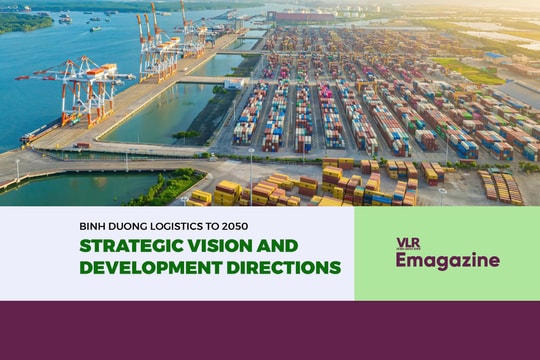
.jpg)
.jpg)
.jpg)


.jpg)

